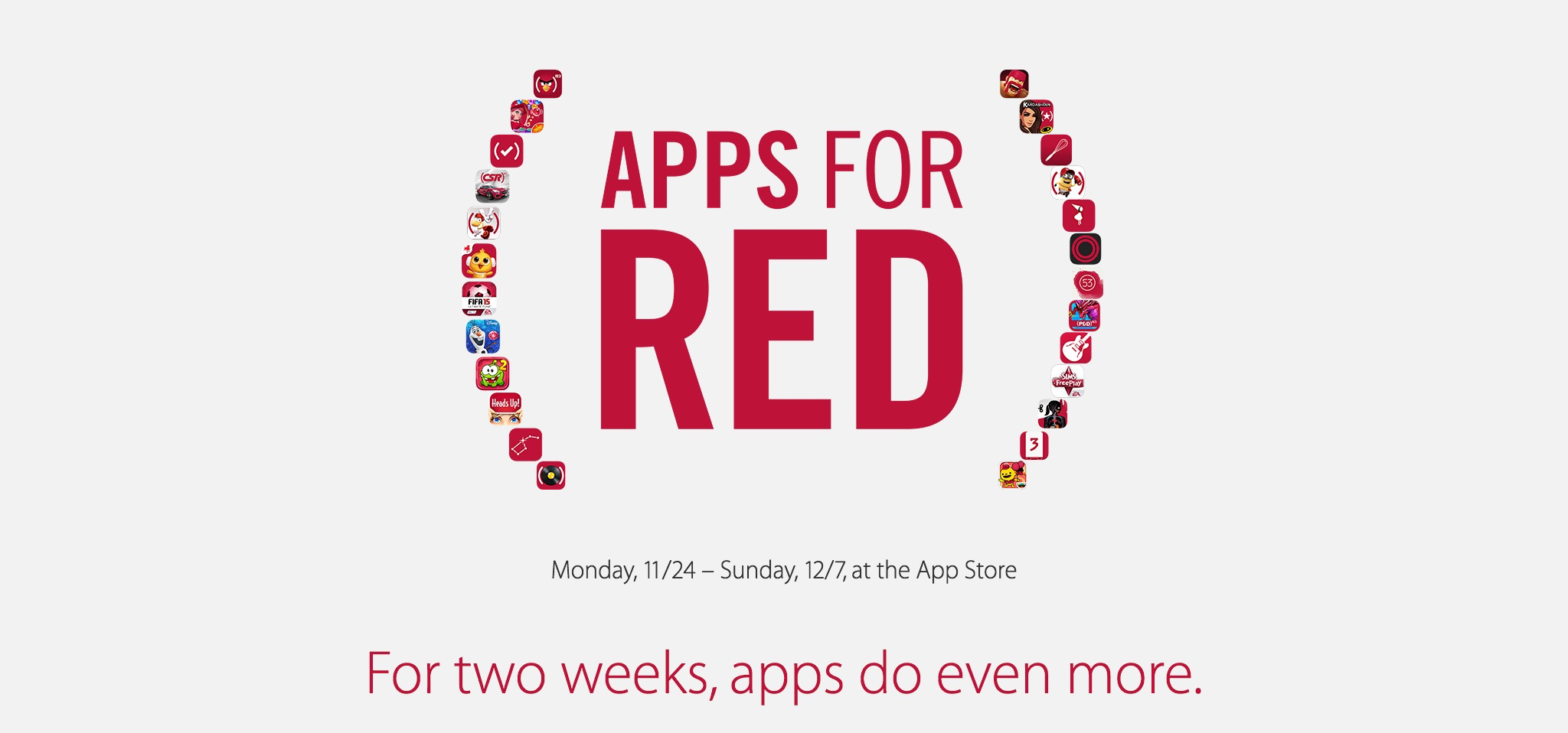David Smith, in an excellent episode of Developing Perspective about the hyper-competitive nature of the modern App Store:
It’s hard to talk to those people sometimes, because I have the understanding that it’s very unlikely that you’re going to come up with something that is truly new, or something that will be adopted just on its own merits, on it being novel and it being interesting. If you do, it’ll likely be copied very quickly. It’s just the nature of the store. If you want to make it in the App Store, it’s much more a question of patience, a question of savvy maybe, too. Of being really thoughtful about how you’re doing things from a business perspective, on keeping your expenses and your costs really really low. That’s one point that I know I’ve been able to make a living out of this, is that I keep my expenses very low on the development side.
The entire episode is worth listening to (or watching), as David makes some great points about facing the realities of the App Store, which is “full” of free apps and where the majority of customers don’t fall in the power-user end of the iOS device owner spectrum.
I started MacStories in April 2009, less than a year after the App Store opened. Over the years, I’ve tried and written about thousands of apps, generally from indie developers who have an idea and want to make an app out of it. From my experience, it’s pretty clear that the people who used to make apps in the early days of the App Store have been forced to adapt to a race to the bottom, increasingly harder ways to monetize productivity apps, and a general saturation of ideas. With so many developers making apps, it’s almost inevitable that the same idea will happen in different parts of the world at different price points. By 2008-2010 definitions, the App Store can be seen as “full” and the market is tough and sometimes unfair (also because Apple has been slow in providing better tools for testing apps or measuring analytics).
But, it’s important to stress the amount of opportunities that new developers starting out today have to make a meaningful impact on the App Store. New ways to monetize, new technologies, new types of customers that are more diversified than five or four years ago. Apps like Workflow, Overcast, Newsify, Elevate, Clips – these, I think, are good examples of the kinds of businesses that can be explored on the App Store today.
By certain metrics, the App Store is less fun because apps are harder to discover, free apps with inferior designs and feature sets tend to dominate, and many developers haven’t been able to adapt to new trends, rules, or limitations. And I’m especially sad when I hear the stories of developers whose livelihoods have been complicated by rip-offs, questionable App Store rejections, or piracy. That, unfortunately, is the consequence of a vast and popular marketplace where anyone can make anything within a few guidelines. Everyone is fighting for customers and survival.
Realistically, though, the App Store isn’t “full” if you can adapt to its nature in 2014. New ideas are still possible and new apps will be invented to solve new problems for new customers. The App Store is denser, noisier, and more unforgiving than before; developing successful apps – even only by the sheer amount of functionality in iOS – requires more patience and scrupulousness than four years ago. And creating novel apps that are also successful is incredibly challenging and time-consuming. There’s no one-size-fits-all solution to this other than advising against relying on luck alone.
The App Store is full of opportunities, but it’s a lot of hard work – more than ever.




